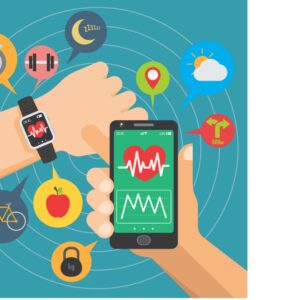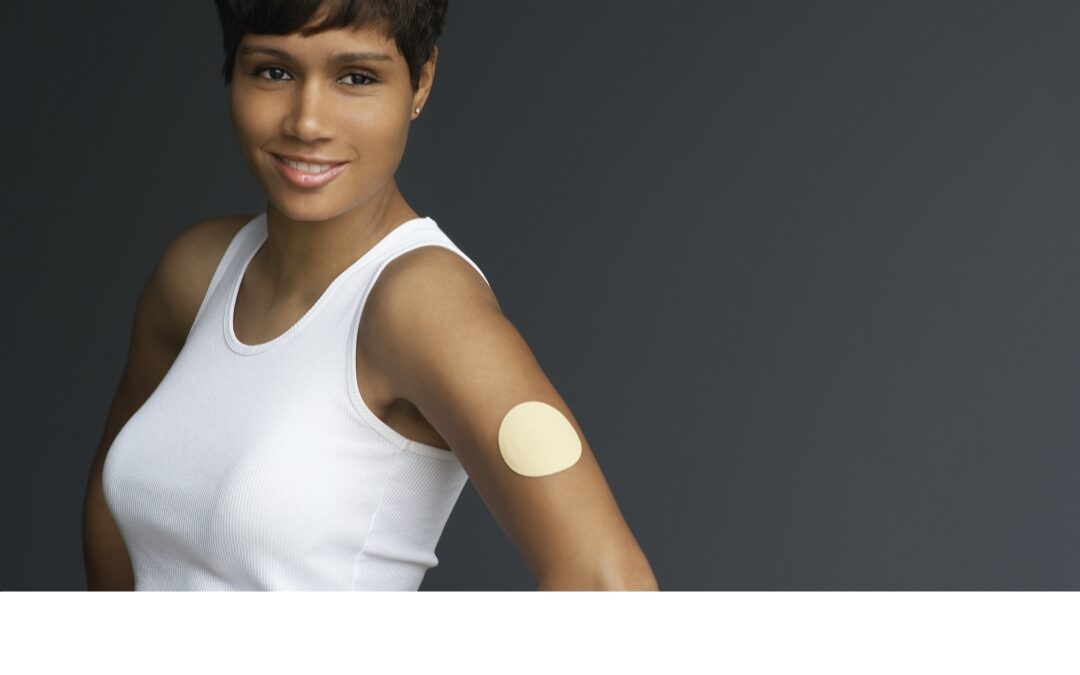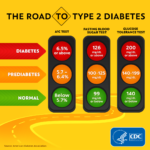With technology, diabetes doesn’t have to be a dead-end street
Wearable Technology for Diabetes is moving the treatment for diabetes into a new way of living. This article will cover some of the ways technology is making life much more comfortable and manageable life.
Diabetes is a disease that affects the body’s ability to use or produce insulin. In the early stages of this disease, high blood sugar levels can be managed by taking oral medications. However, if left untreated these high blood sugar levels will cause a variety of life-threatening conditions.
We will discuss the current status of diabetes in this section. We will discuss the differences between pre-diabetes and diabetes and the effects metabolic disease has on people with pre-diabetes.
The problem of how energy from food is processed in the body leads to a variety of metabolic diseases. These diseases are genetically passed on through families, can be triggered by environmental factors such as diet and stress, and are often made worse by the patient’s own habits.
There are three main types of metabolism, type 1, type 2, and pre-diabetes. Type 1 is known as the “insulin-dependent” form of diabetes. When the pancreas doesn’t produce insulin, which helps break down sugars and starches in the body, it can lead to type 1 diabetes.
Prediabetes is a condition in which the average blood sugar level, while not high enough to be classified as diabetes, still remains higher than what is considered normal. Prediabetes can be managed with healthy eating and regular physical activity, but if left untreated it can lead to type 2 diabetes within 10 years.
Diabetes is a chronic disease
Diabetes is the leading chronic disease in the world. It affects over 400 million people and is expected to rise to 592 million by the year 2045. About one-third of Americans have prediabetes, which increases their risk of developing type 2 diabetes by as much as seven times.
Diabetes is a chronic disease that can be managed properly by taking the proper precautions. In the past, treatment and prevention of diabetes were exclusive to injects and diet control, but as times have changed treatments and prevention have become much more advanced thanks to the use of technology.
A lot of people rely on Insulin pumps for the treatment and prevention of diabetes. These small, lancet-style devices that deliver insulin through a catheter into your upper arm or abdomen are among the most effective ways to regulate blood sugar levels and are often a part of an individual’s diabetic treatment plan.
The pump monitors your blood sugar level every 5 minutes or so, and if it goes above a safe range the pump will give you insulin to help keep your sugar under control. The device and monitor are usually combined with a Continuous Glucose monitor which can measure the sugar in your fluid every few minutes during the day.
As the treatment of diabetes evolves, scientists are beginning to look at how genetics may play a role in how the disease develops and how new treatments may be found which take this into account. Geneticists are looking at specific genes that have been linked with diabetes, as well as other factors such as diet and lifestyle choices, to identify possible links and potentially find new cures for the disease.
Wearable technology has been evolving for years and is now becoming a common fixture in the modern workplace. One of the reasons Wearables are rapidly gaining popularity is due to the fact that they can be used to track the amount of blood sugar levels in a person’s body.

Wearable technology has been proven to be an excellent way to track diabetes. It not only allows constant feedback on glucose levels and sends you alerts if they have risen or fallen out of the desirable range, but it also provides a 24-hour look at your lifestyle habits which can help identify any gaps in care.
Wearable fitness trackers are great for people with diabetes, as they can provide notifications when their blood sugar levels are too high or too low. They also allow you to track your blood sugar levels and tell you when it’s either too high or too low, allowing those with diabetes to avoid dangerous situations.
Wearable technology, which can be used to track various health parameters, is revolutionizing the healthcare industry. These devices are making patient care more efficient by providing quality data and reducing time spent on paperwork. They also have the potential to reduce hospital readmissions and medical errors with their monitoring capabilities.
Companies are developing fitness apps that can be used for managing diabetes. These apps can provide insights into the person’s diet and activity level, with the goal of tracking the person’s activity level. Reminders are provided when they need to check their blood sugar levels or take their insulin shots.
The artificial pancreas system (APS) is an AI-based technology that has been developed to help people with diabetes better manage their blood sugar levels and avoid dangerously low blood sugar episodes.
A Continuous Glucose Monitor System is made up of a Continuous Glucose Monitoring device, an Insulin Pump with Alnsimer (for adjusting insulin delivery in real-time), and a software system that adjusts the amount of insulin being delivered based on continuous blood sugar level measurements.
Artificial intelligence has been used in the medical field for a long time now. The new technology of the artificial pancreas system has been developed to help people with diabetes. This system automatically measures the glucose levels in the body and injects insulin accordingly without any human intervention.
The way in which we manage diabetes is being influenced by the growing technology of artificial intelligence. A prototype artificial pancreas is a system using sensors and software to help regulate blood sugar levels in people with diabetes. There are many benefits to this type of device, including the fact that it can work to regulate blood sugar levels without requiring any input from a diabetic’s daily routine and without needing adjustments, as well as the fact that it can provide
AI is coming
The Artificial Pancreas can regulate blood sugar levels. The device is revolutionary because of its ability to automate both the delivery of diabetes drugs and the monitoring of their sugar levels. People with type 1 diabetes who don’t have to worry about manually checking their blood sugar levels won’t have to.
The artificial pancreas has been in development since 1989 and was initially tested in clinical trials as early as 2003. This technology is a type of closed-loop system which monitors blood sugar levels and then regulates insulin release to control the blood sugar.
The artificial pancreas has been approved by the FDA for patients who suffer from type 1 diabetes, with only one exception – it is only approved for patients at least 14 years old or 5 years old with type 1 diabetes that can’t be controlled by insulin pump therapy alone. The device has been shown to reduce the risk of hypoglycemia (low blood sugar), improve A1c levels, and reduce the number of nighttime glucose checks
The device is not currently approved for use outside of clinical trials but it is being considered for use by people with type 1 diabetes who are unable to manage their blood glucose levels without it.
Choosing a diabetes management app for your children can be hard but there are some things to consider that will make the process a little easier. One of the most important factors is how much the app will cost. You also want to consider what features it has and whether or not it is compatible with other medical devices so you can monitor your child’s health as much as possible.
Children with diabetes require a strict diet that is tailored to their individual needs, which must be supported by an app that will track the food intake and blood sugar levels so that the child can find out when they are getting closer to a dangerous level and take appropriate action. There are many apps on the market but only a few of them are specifically targeted at children and therefore not suitable for this case.
Do you know what to look for when choosing a diabetes app for your kids? The design of the app is the first thing to think about. It should be easy to use for kids. It should be interactive so that kids can be helped to take care of themselves more efficiently.
Conclusion
Developing wearable technology for diabetes can be very helpful in managing one’s diabetes. The challenge is you must understand what the device does and how it will work with you. To use a technological device without your doctor’s advice is foolhardy. Do the research, but be sure to verify the information with several sources. Technology can be life-changing, for good or bad.
Read more: Verywellhealth








